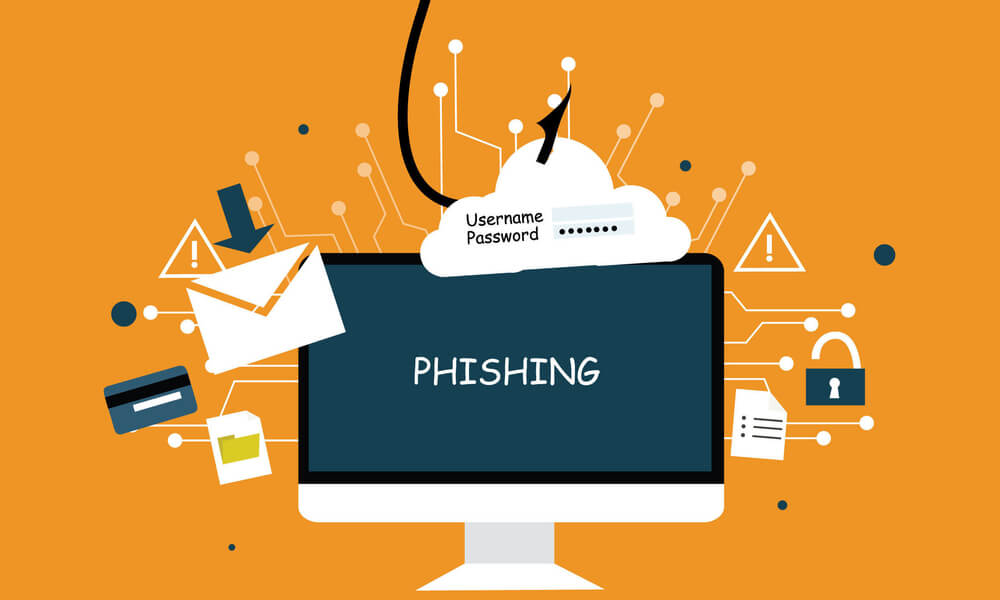In today’s digital age, phishing attacks have become increasingly prevalent, making it more important than ever to understand what they are and how to prevent them.
Phishing attacks are a type of social engineering attack that targets individuals or organisations to gain sensitive information such as passwords, financial information, and personal data. The attacker typically sends an email that appears to be from a reputable source, such as a bank or a social media platform, to trick the victim into divulging their sensitive information.
What are types of phishing attack?
There are different types of phishing attacks, including spear phishing, whaling, and clone phishing. Spear phishing targets specific individuals or organisations by using personal information to create a sense of trust. Whaling is a more sophisticated form of spear phishing that targets high-level executives or key personnel in an organisation. Clone phishing, on the other hand, creates a fake email that appears to be a legitimate email that the victim has previously received.
To prevent phishing attacks, individuals and organisations can take various preventative measures. One of the most effective ways is to educate employees on how to recognise phishing attempts, such as checking the sender’s email address and avoiding clicking on suspicious links. Companies can also implement anti-phishing tools and software, such as spam filters and email authentication protocols, to detect and block phishing emails.
Another effective prevention strategy is to implement multi-factor authentication, which requires users to provide two or more types of verification, such as a password and a code sent to their phone. This can help to prevent attackers from gaining access to sensitive information even if they have obtained login credentials.
In addition to these measures, individuals and organisations can also use encryption and secure communication channels to protect their sensitive data. This can include using end-to-end encryption for emails and using virtual private networks (VPNs) to secure internet connections.
In conclusion, phishing attacks are a serious threat that can cause significant damage to individuals and organisations. Understanding the different types of phishing attacks and taking preventative measures such as education, anti-phishing tools, and multi-factor authentication can help to reduce the risks and protect against these attacks. By implementing a comprehensive cybersecurity strategy, individuals and organisations can ensure that their sensitive data remains secure and protected from cyber threats.

Leave a Reply